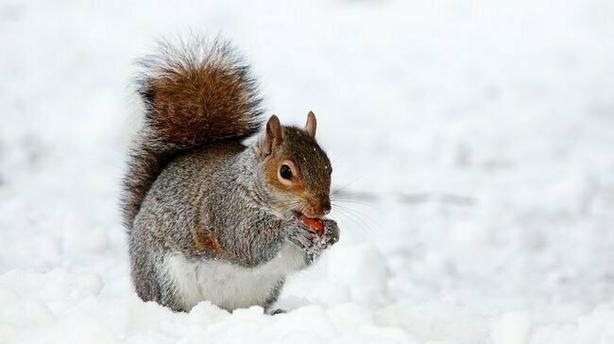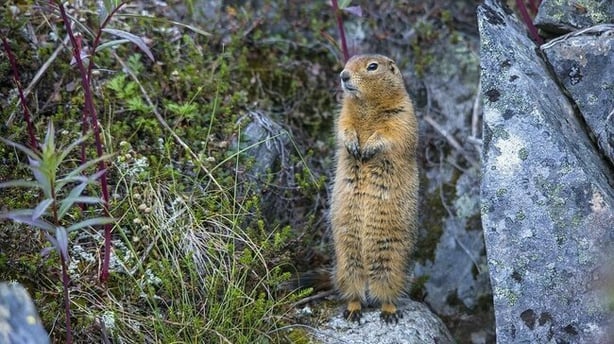You don't need us to tell you that planet earth is beautiful but to fully appreciate the sheer magnitude of the blue expanse of our oceans and the many and varied colours of our continents we need to delve closer into mother nature.
Each of the four seasons has its own special beauty, it’s wonderful to observe trees thick with uniform green in the summer followed by the golden hues of autumn foreshadowing the arrival of a long cold winter which eventually thaws into the promise of new beginnings and then spring begins to blossom.

Today we’re coming to the end of winter on the cusp of spring and as we emerge blinking into the rising light our thoughts go to the many plants, insects, and animals who’ve employed a variety of clever winter survival strategies to help them endure throughout this harsh season.
Last night, with the help of our Mooney Goes Wild contributors Dr. Richard Collins, Entomologist Éanna Ní Lamhna, reporter Terry Flanagan and expert academics and researchers we go in search of the secrets of staying alive.

When it comes to surviving the cold winter, mammals, birds, insects and indeed flora cope in a variety of ways. Some develop a form of resistance whilst others simply migrate away to warmer climes.
For many, the best way of beating the winter blues is simply to sleep it out. In Alaska, the Arctic Ground Squirrel has developed one of the more unique ways of coping with the extreme conditions they encounter every winter.
They avoid the harsh weather and lack of food by escaping to underground burrows and slipping into a deep sleep for around eight months. Once inside their nests, Arctic ground squirrels' body temperatures drop as low as 2.9 degrees centigrade. The lowest measured in a mammal and their major organs slow while others shut down entirely, making them appear literally ‘dead to the world’.

Professor Cory Williams, Assistant Professor in the Institute of Arctic Biology at the University of Alaska Fairbanks joins Mooney Goes Wild to discuss these fascinating hibernators with Dr. Richard Collins, Zoologist, and Ornithologist.
Professor Williams has spent much of his professional life learning about these fascinating hibernators and what they can teach us about our own sleep patterns. New technology such as a squirrel Fitbit is helping to uncover the mysteries of their snow-covered snoozes.

You can find more information about Prof. Cory Williams and the University of Alaska Fairbanks by visiting Cory's website and the main website of the University of Alaska Fairbanks.
Tune into Mooney Goes Wild every Monday, 10pm-11pm on RTÉ Radio 1.
For more information on the show, click here and follow @NatureRTE on Twitter and facebook.com/rtenature on Facebook.

